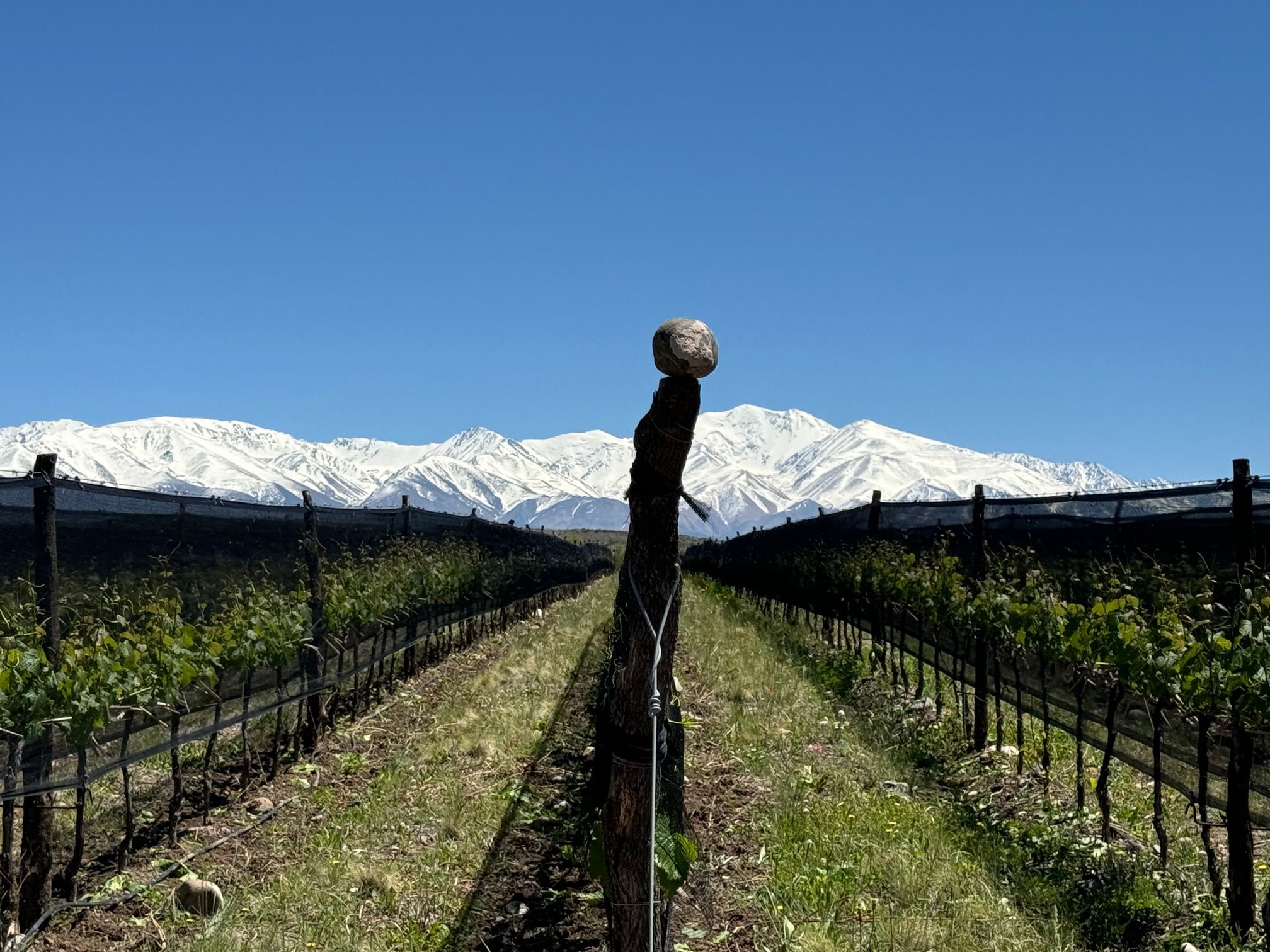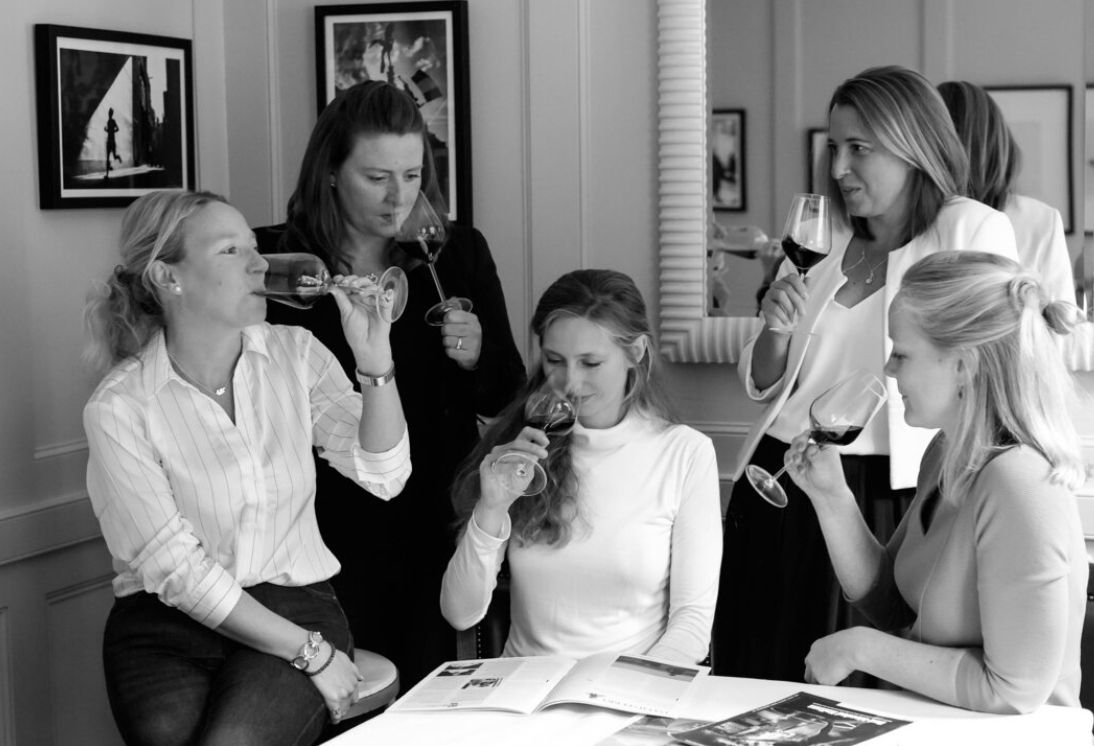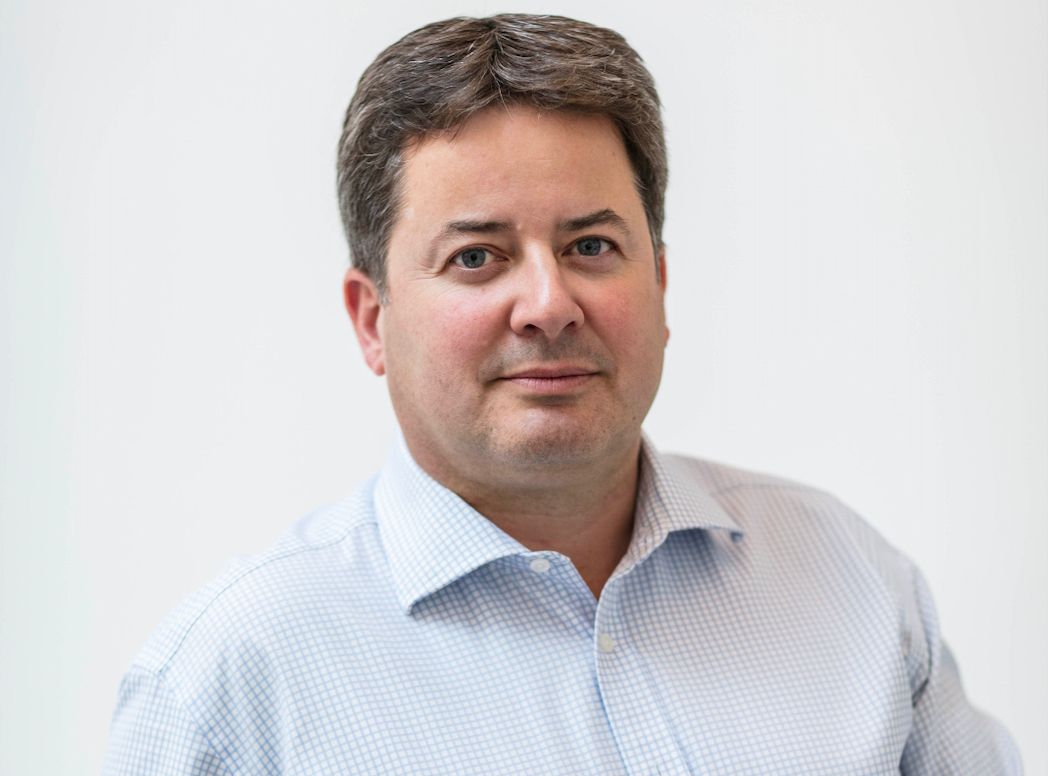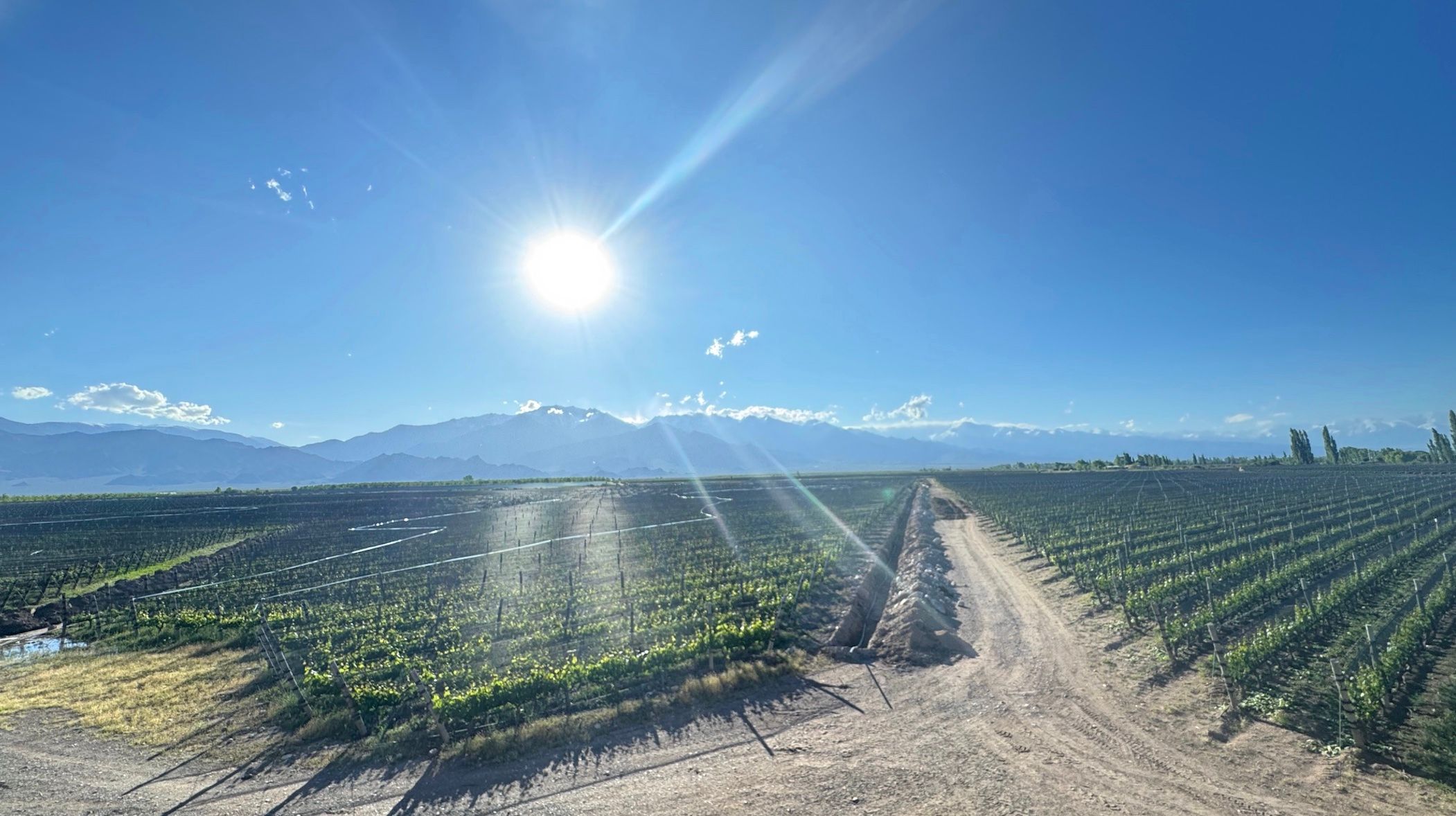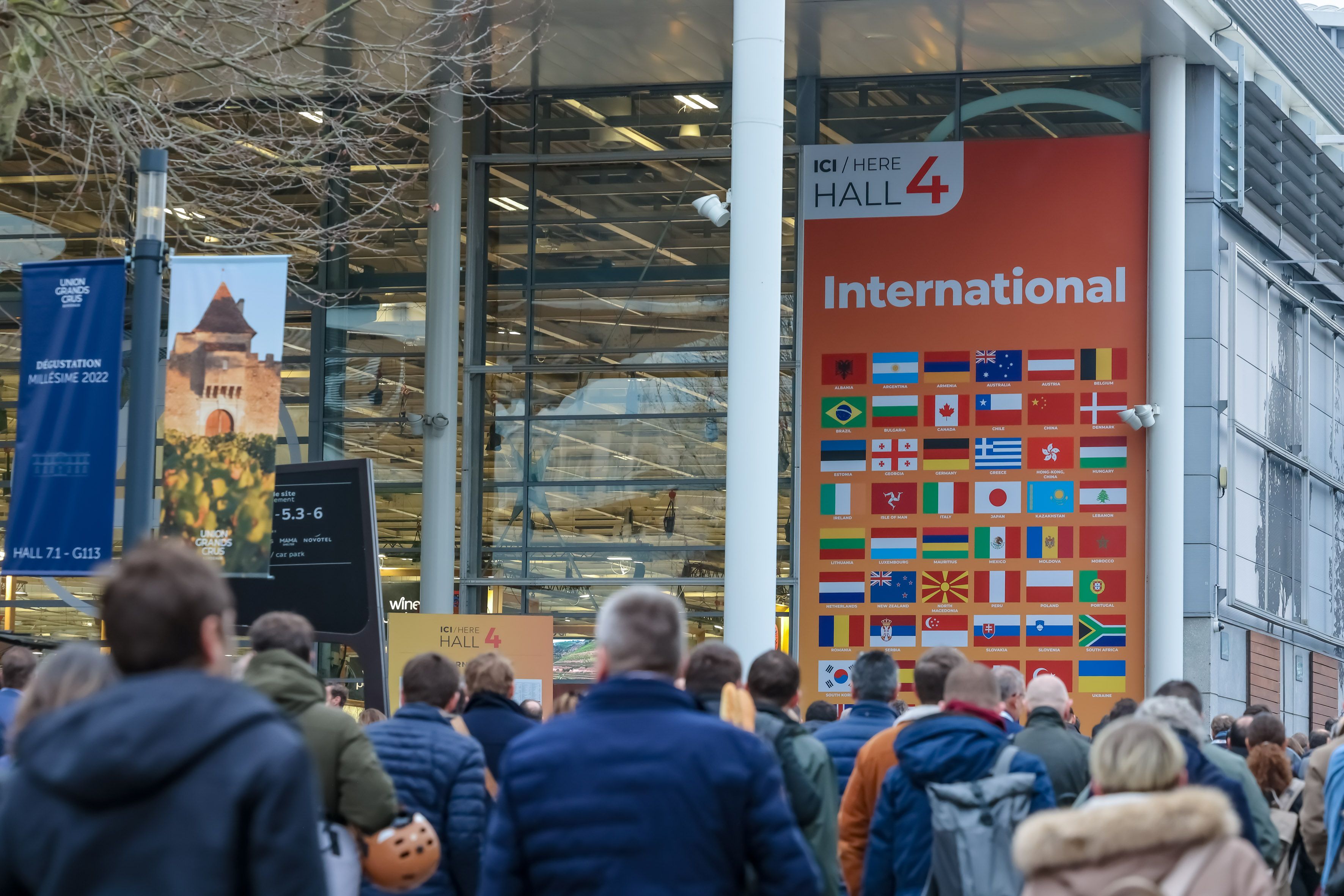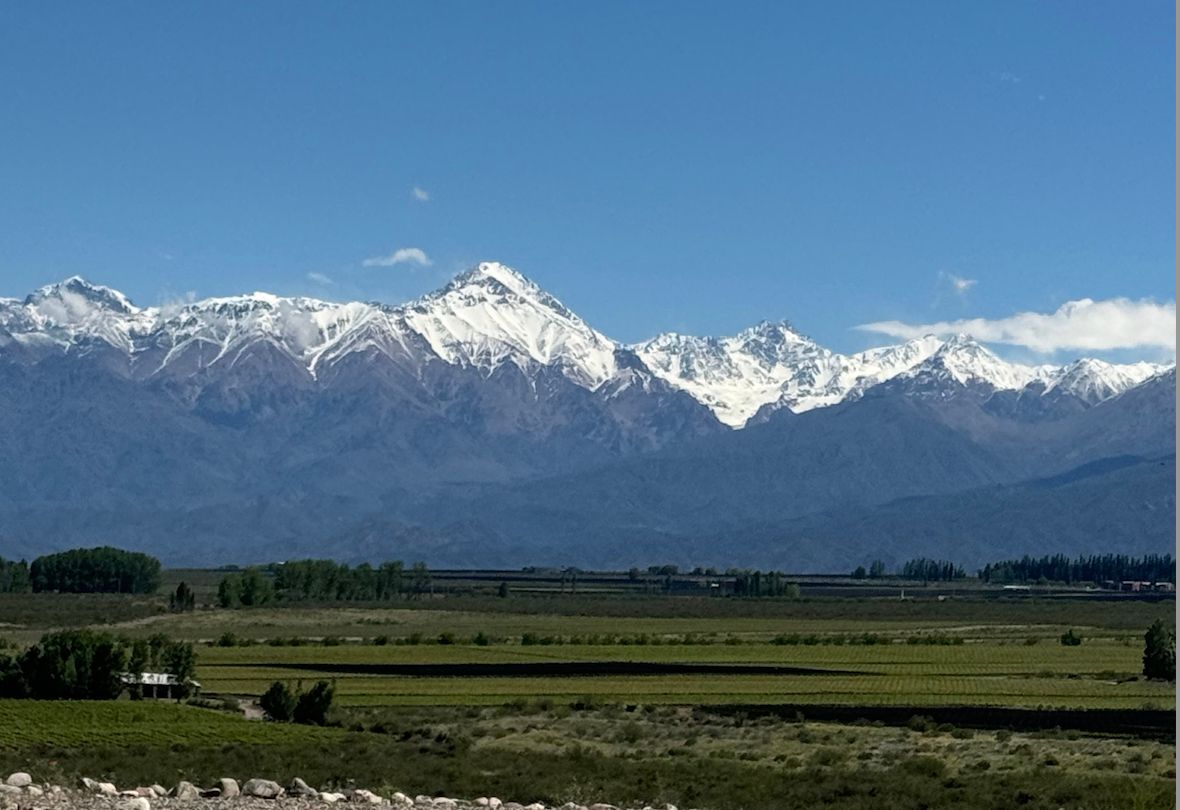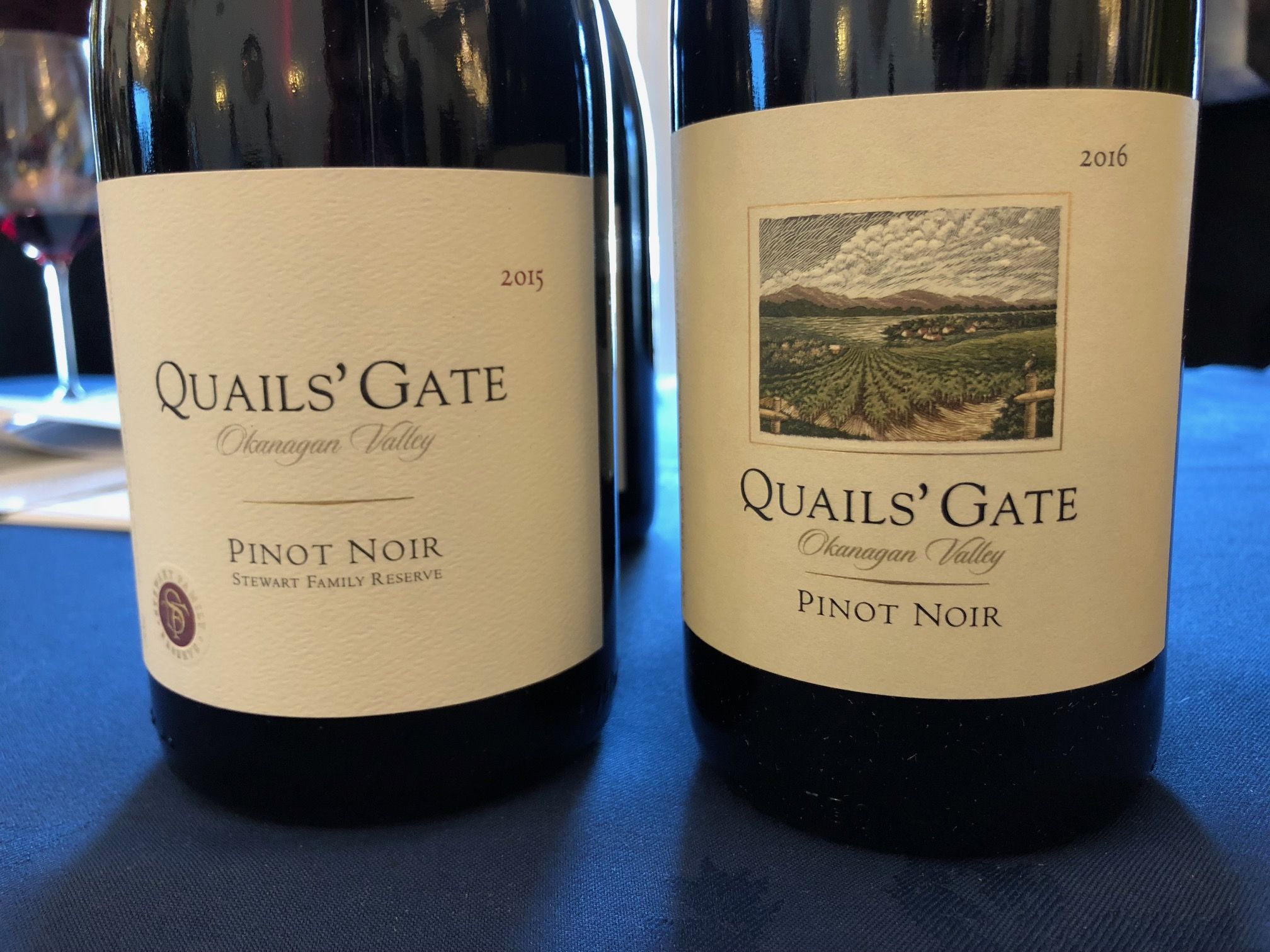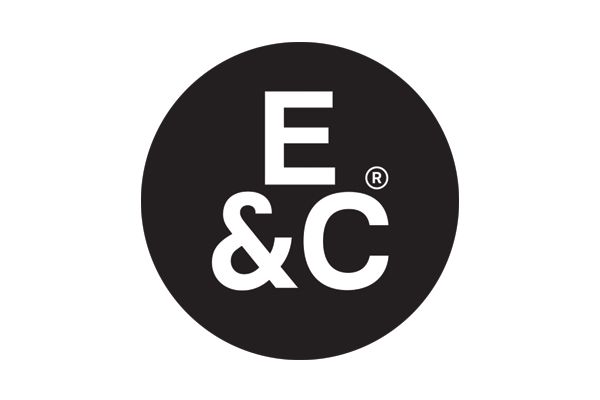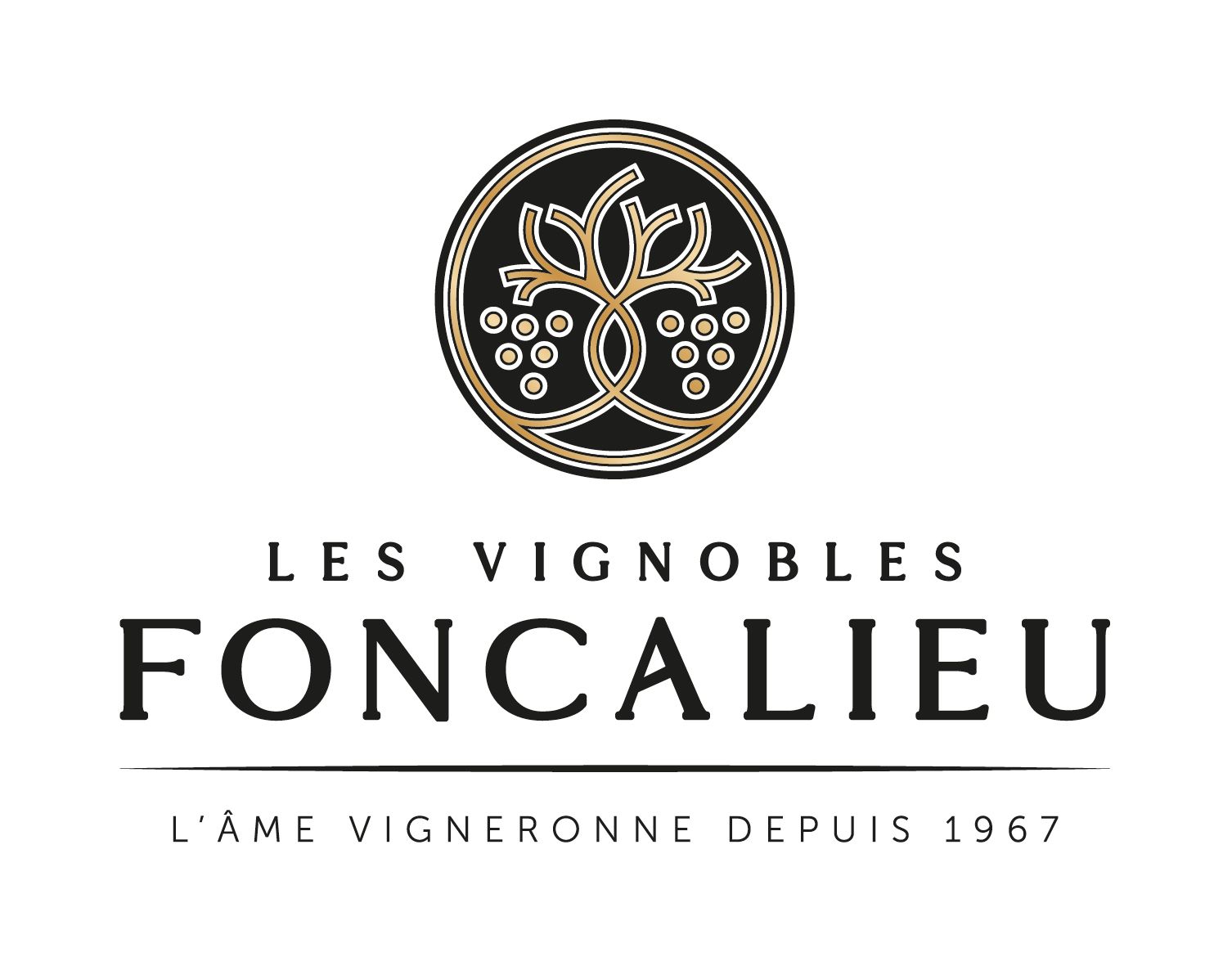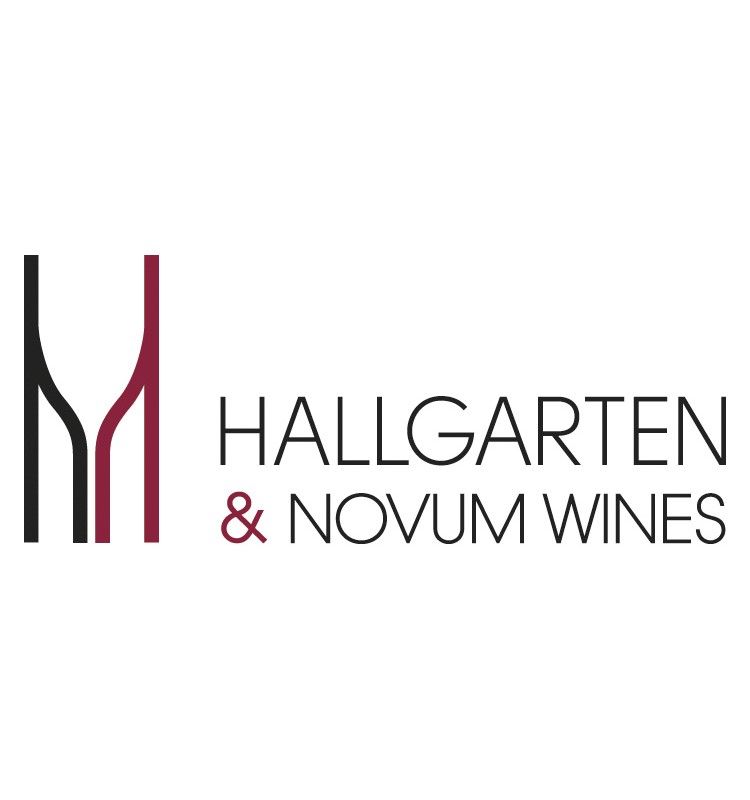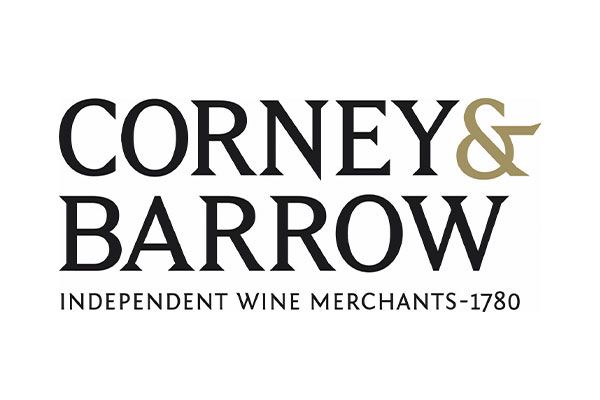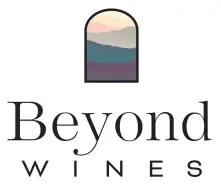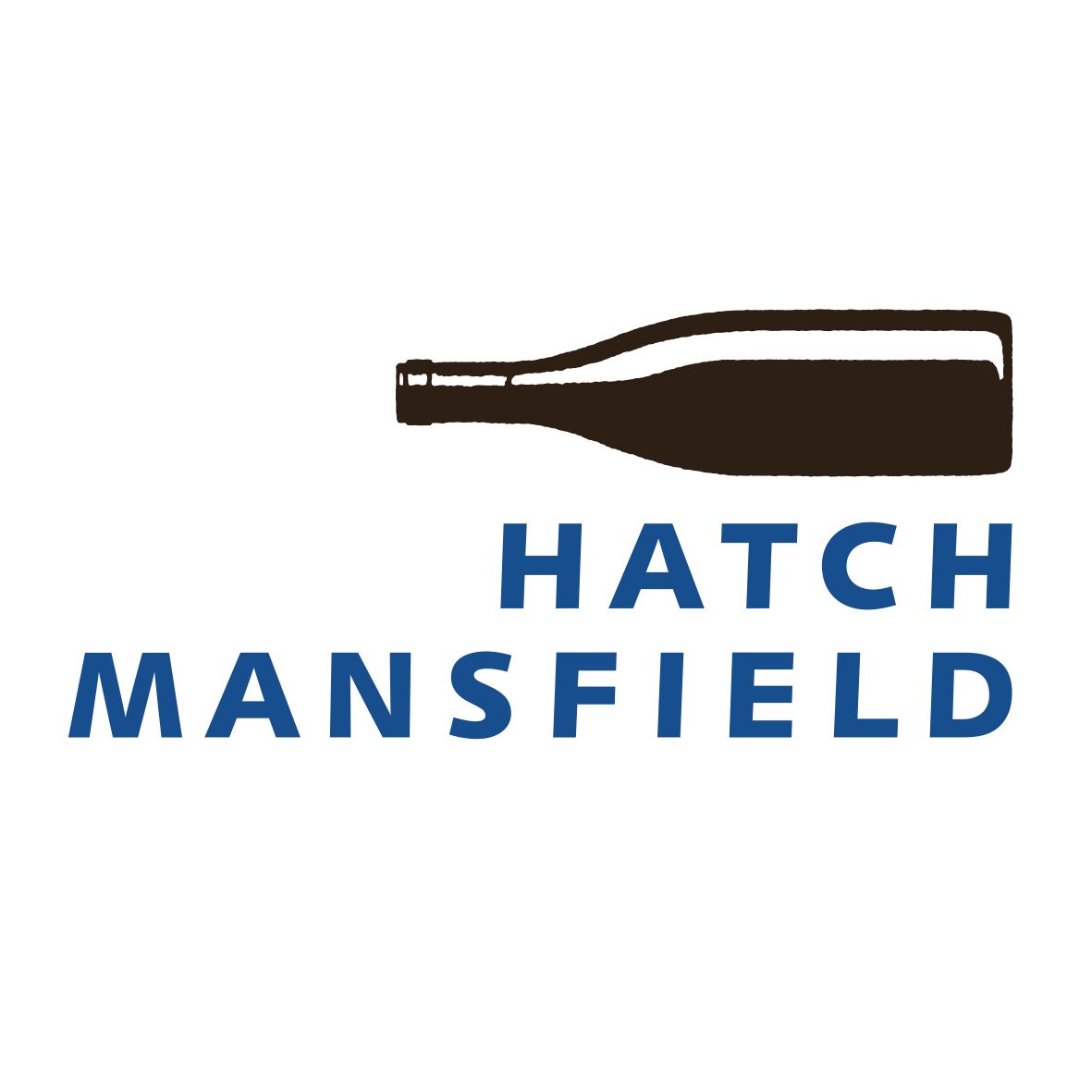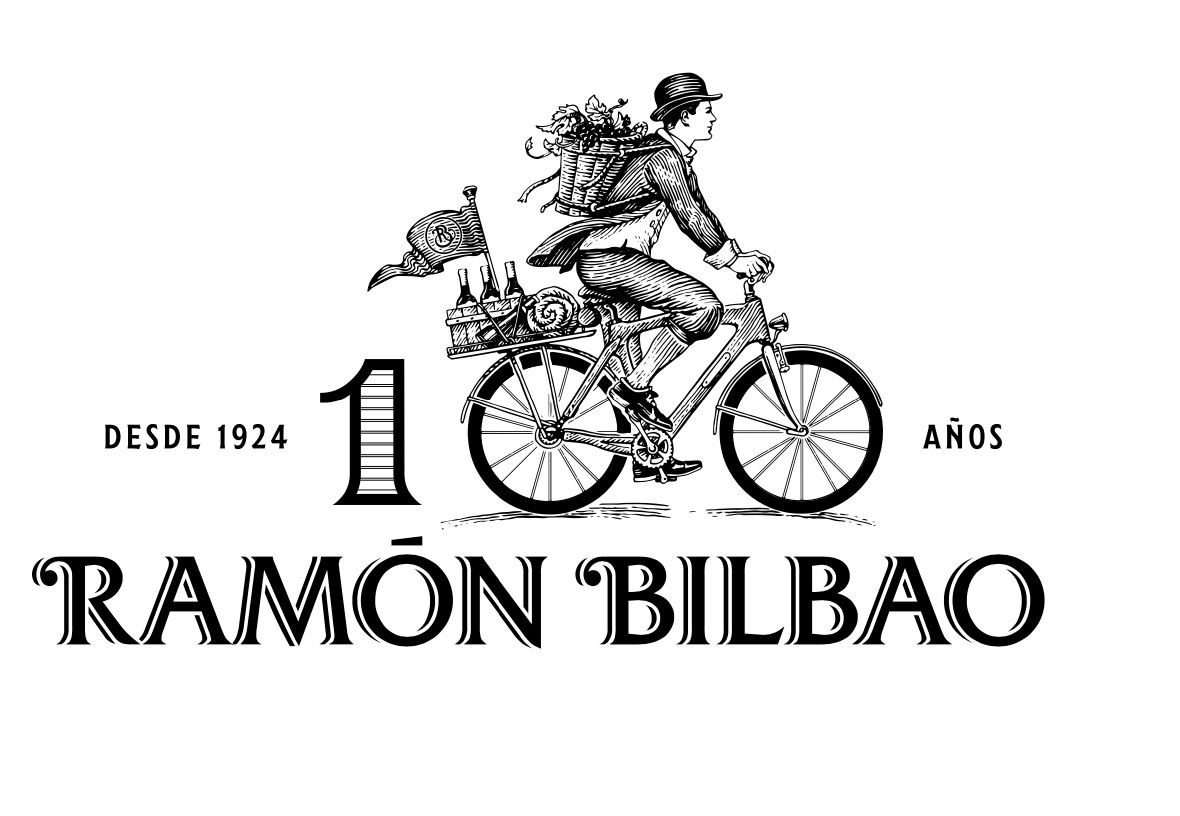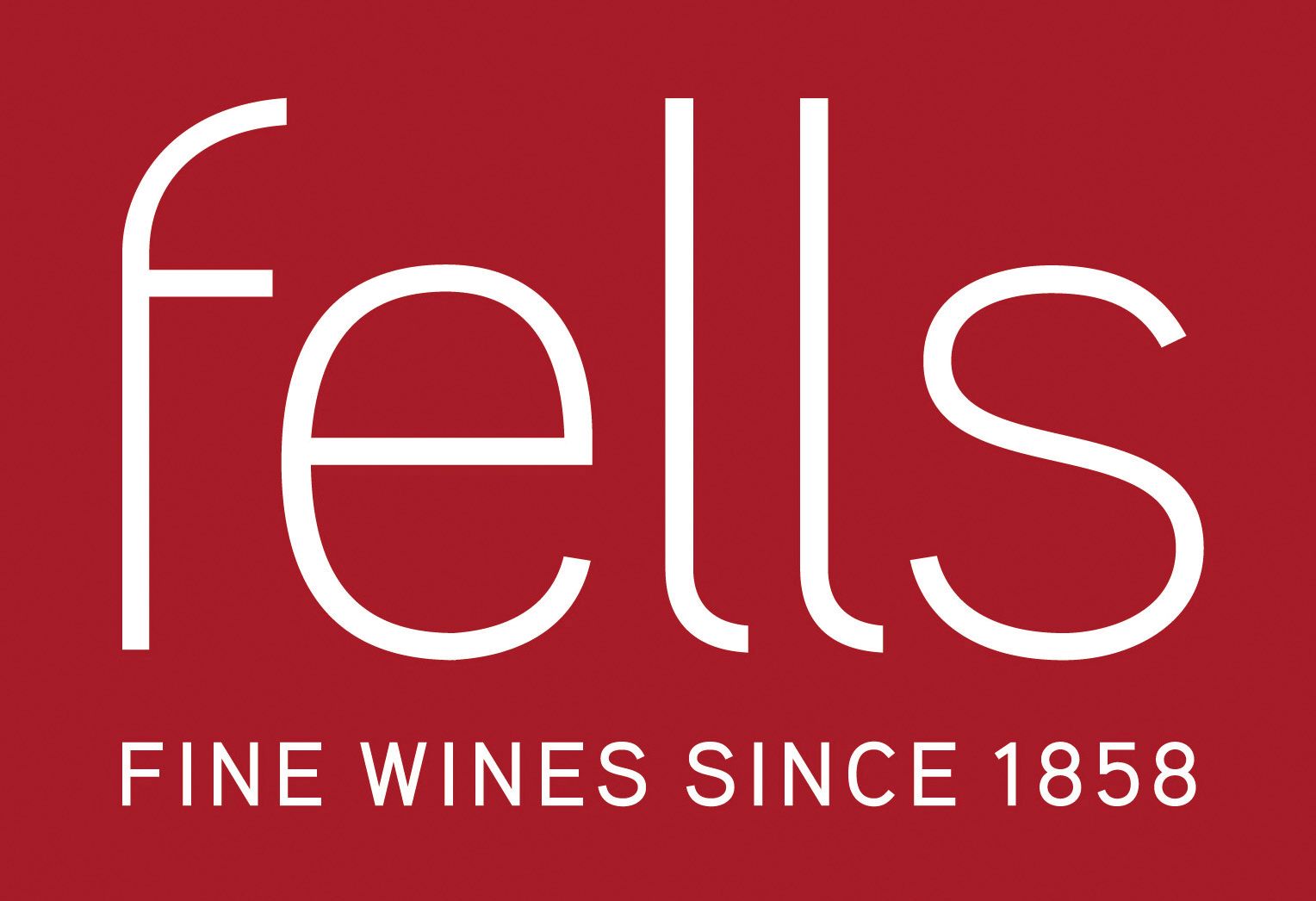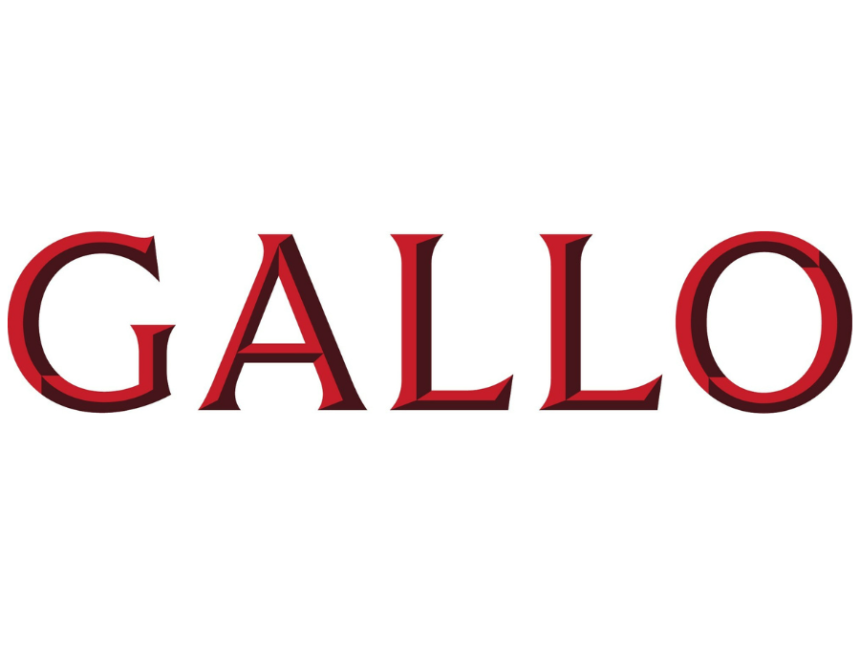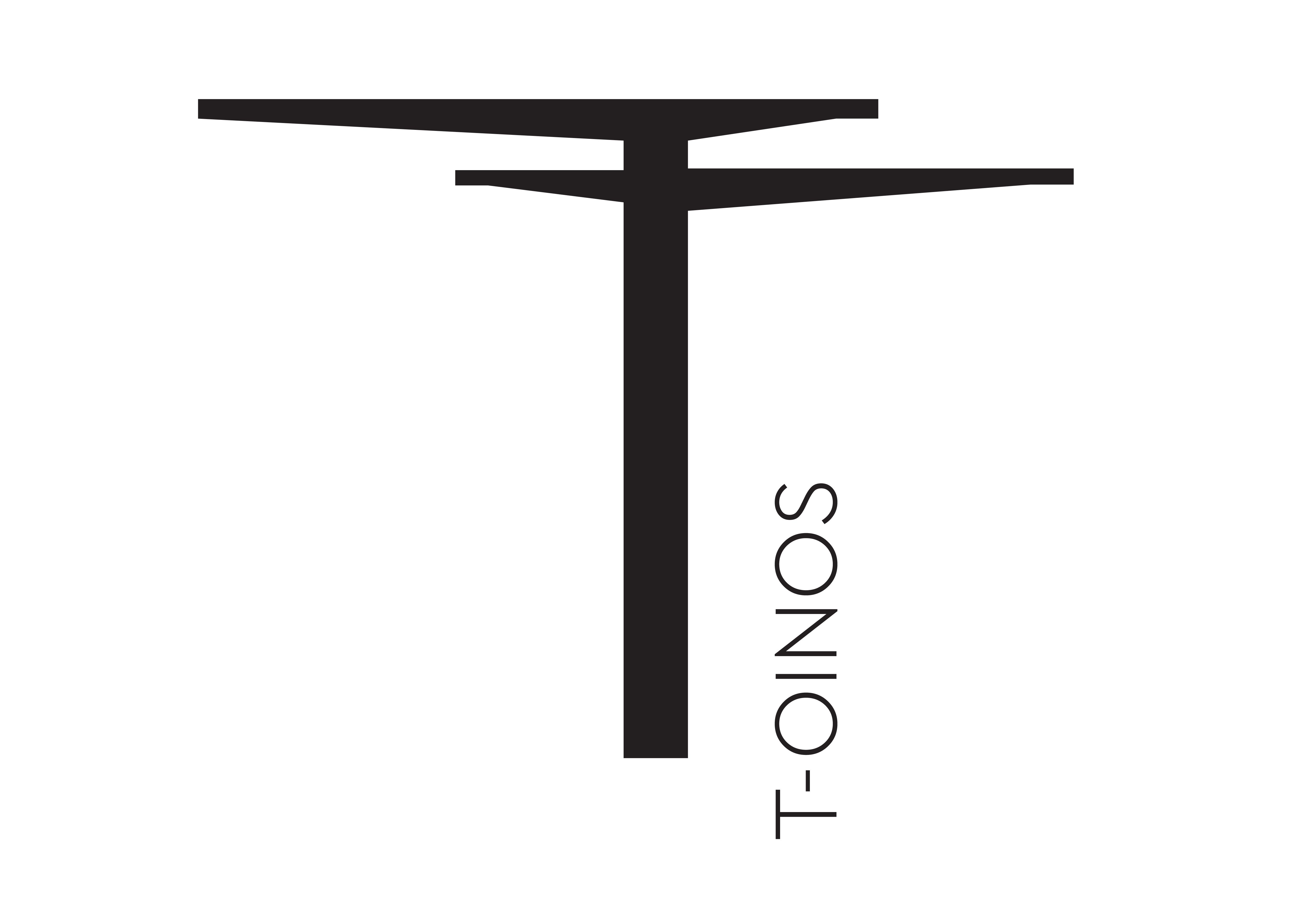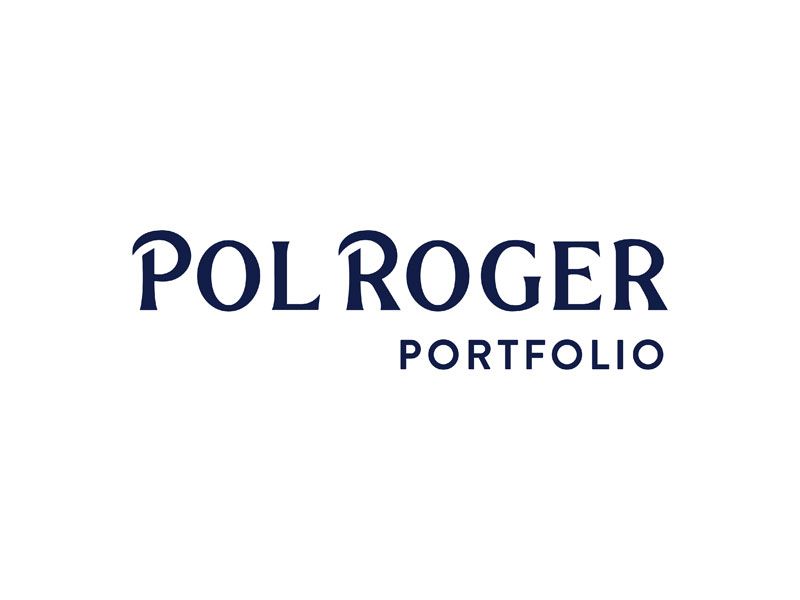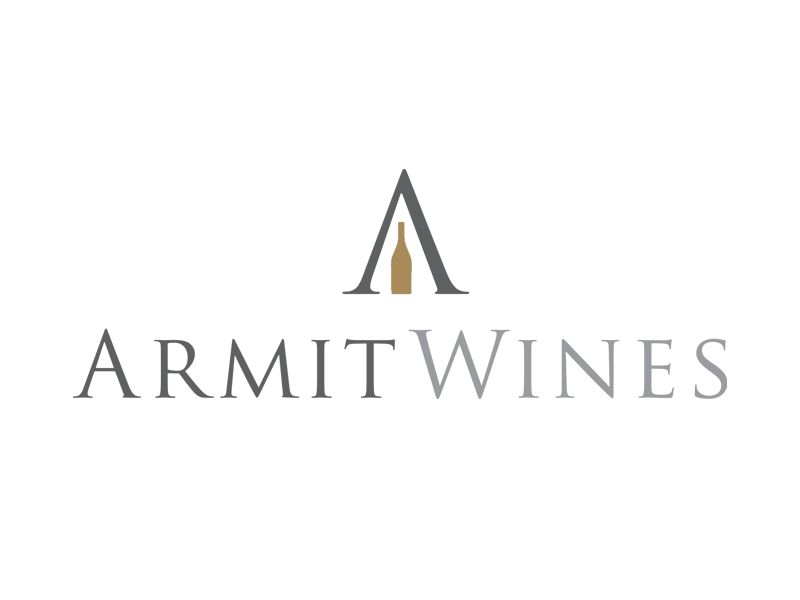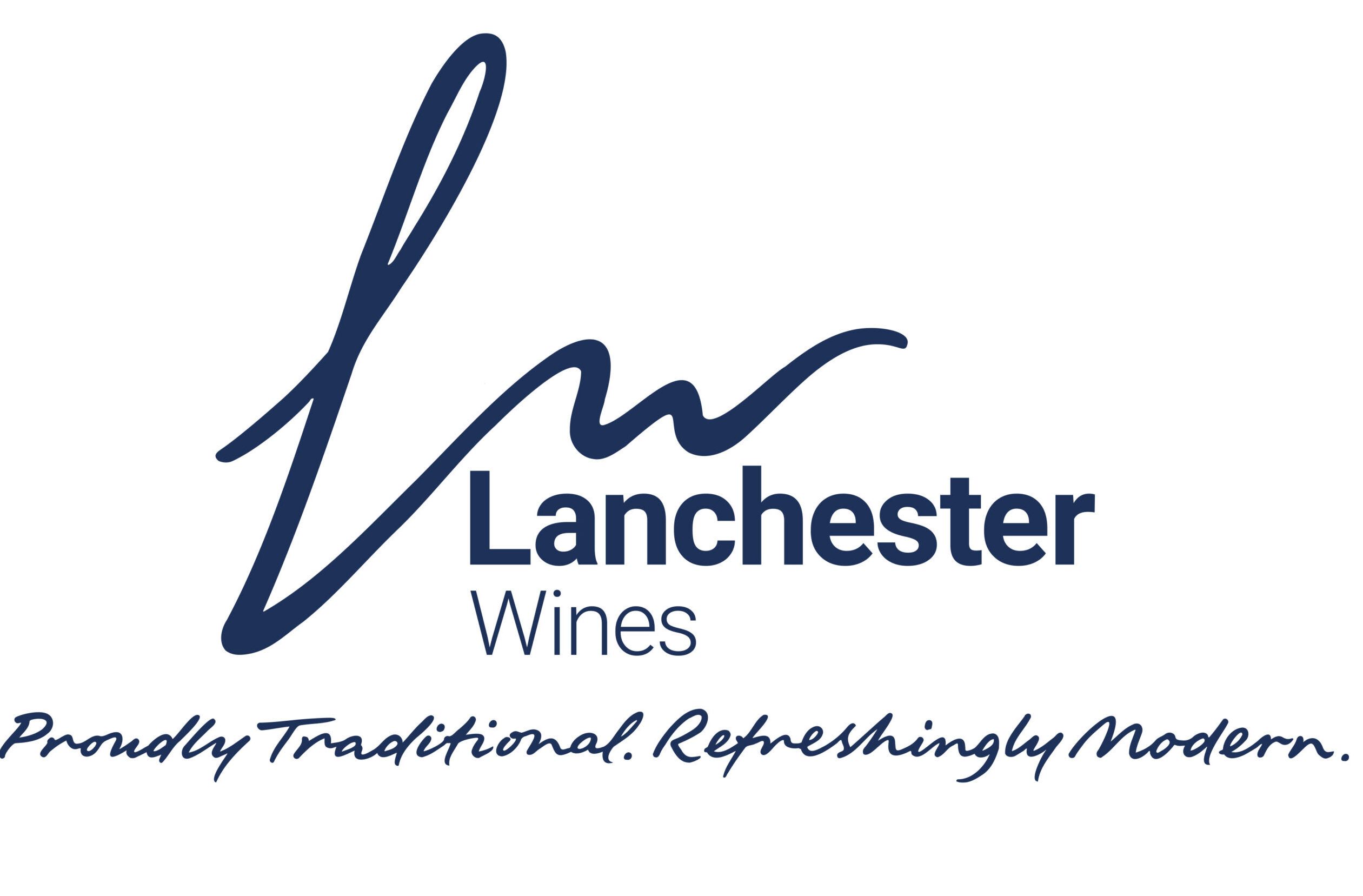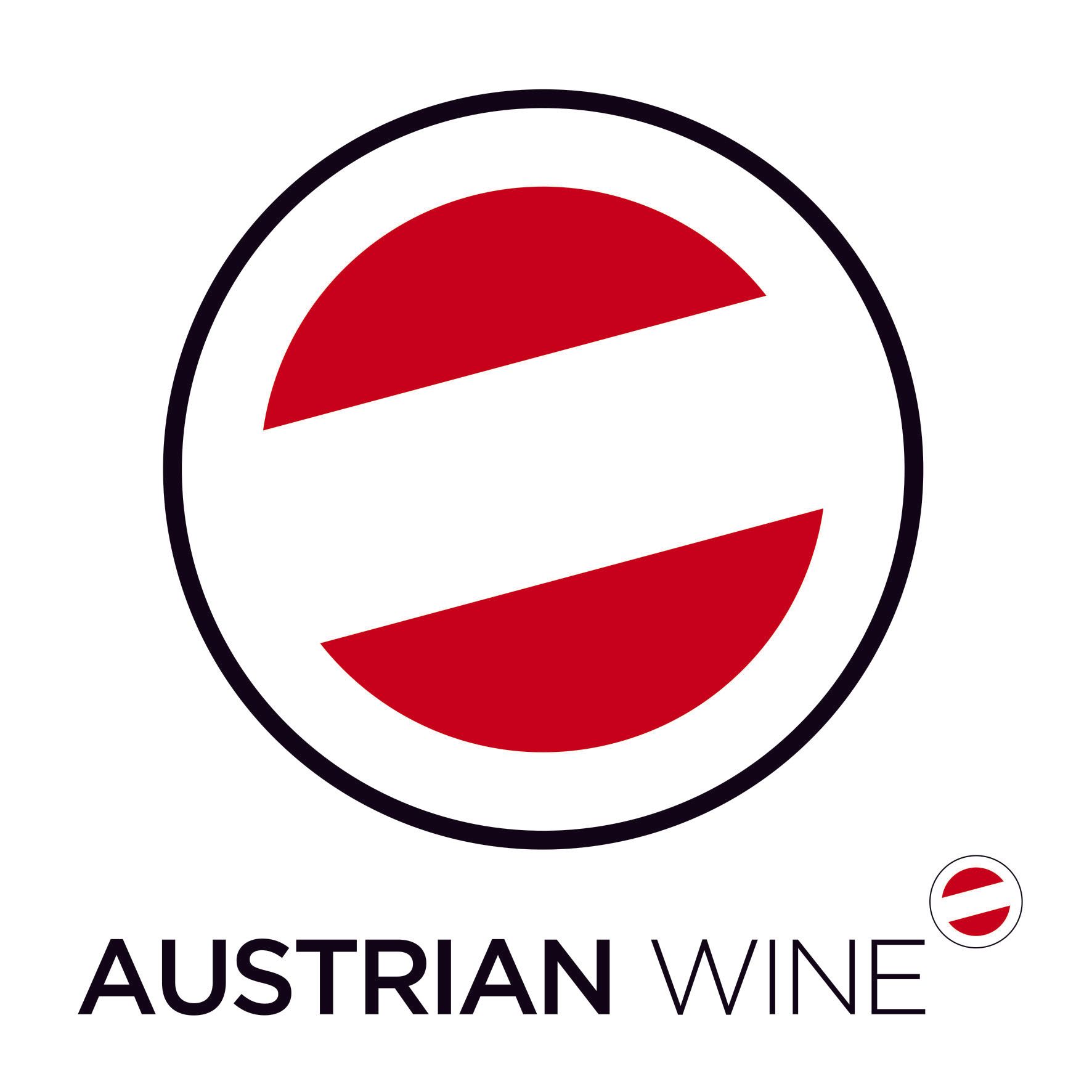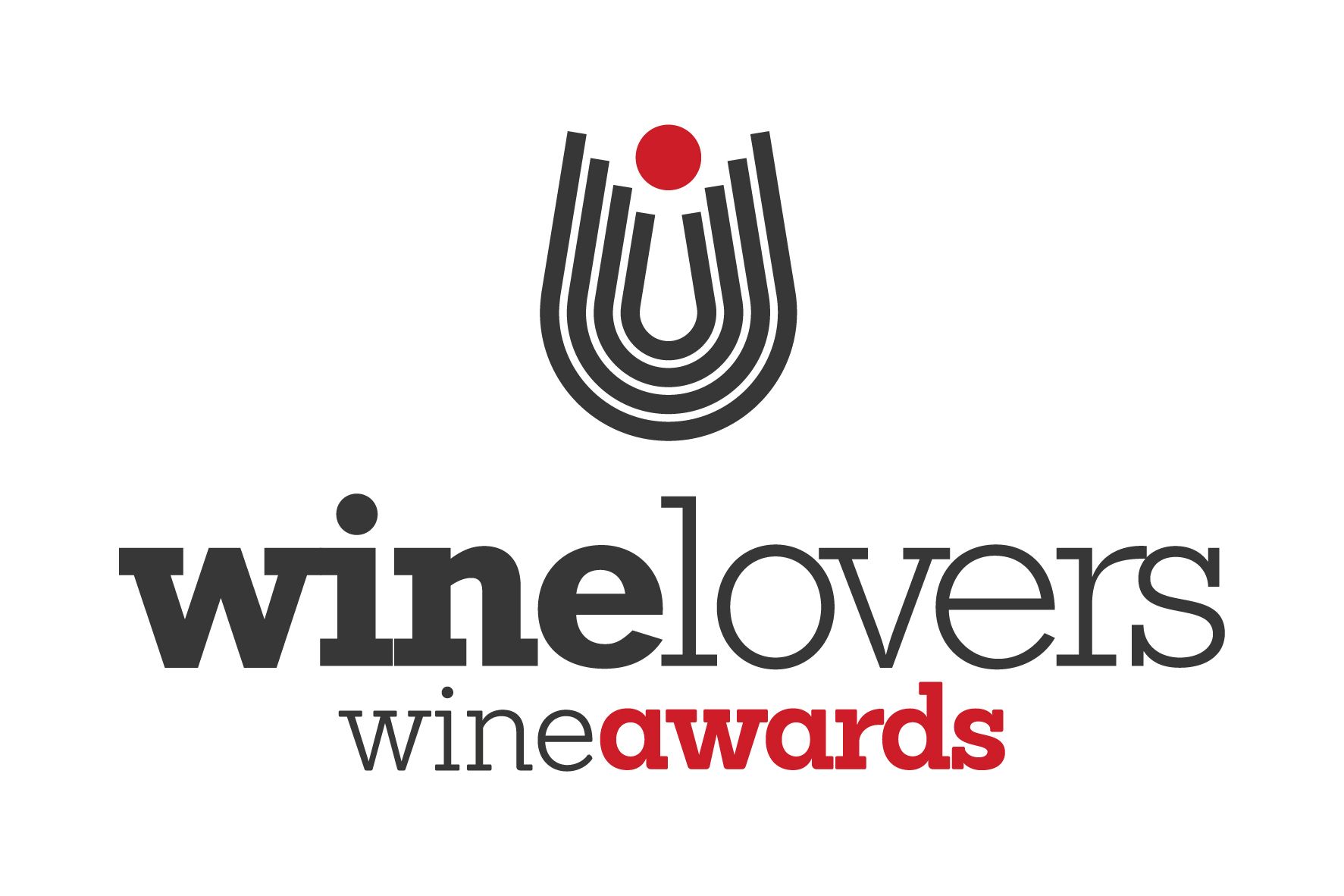It is only by going and seeing for yourself that you can fully appreciate just to what level of analysis and attention producers in Argentina are now taking when factoring in the sustainable impact to planting vines and growing grapes in new wine producing areas such as the Uno Valley.
It was thanks to Argentine wine consultant, Sophie Jump, and the producers that hosted a recent press trip to the region that we could see and experience those sustainability steps for oursevles. A trip that took us behind the scenes and, literally, into the vineyards at leading Argentine producers including Chakana, Catena Zapata, Bemberg, Argento and Otronia, Salentein, Zuccardi and Finca Decero.
They were able to demonstrate how they are individually and collectively looking to capture and maximise all this new winemaking energy in the air with organic and biodynamic practices.
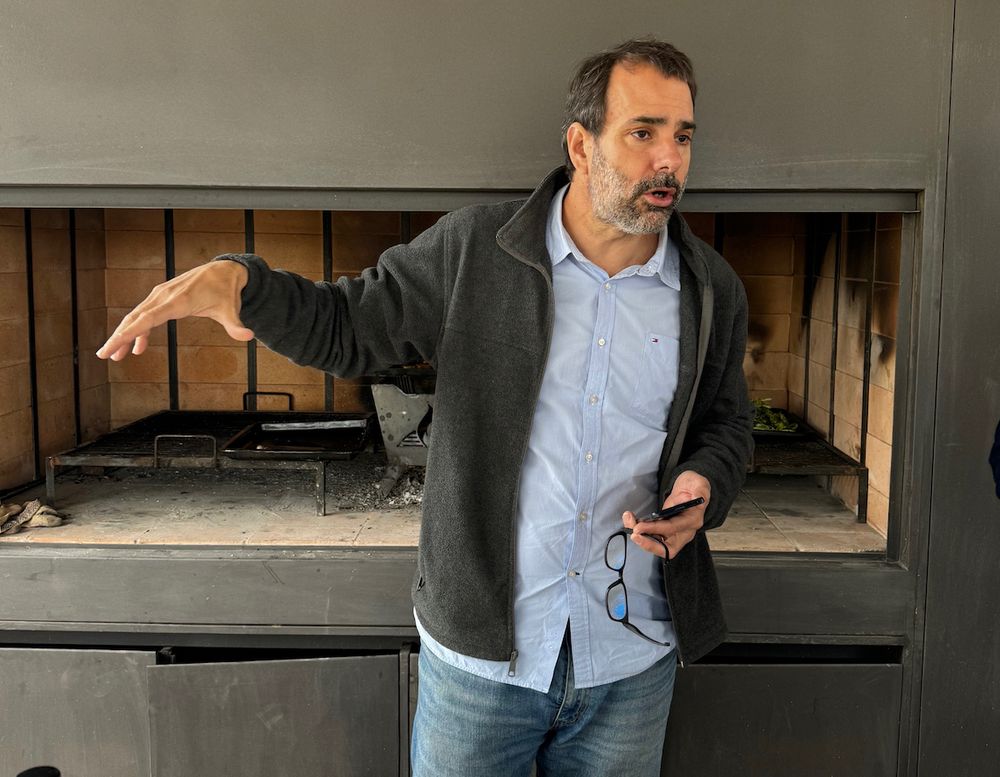
Chakana managing director Nicolas Cricco says it is prepared to invest in building a sustainable winery to match its biodyanmaic and organic wines
Chakana, for example, is building an impressive new winery dedicated to its long-standing biodynamic and organic principles over the last 20 plus years.
A concept winery that will allow it to take its biodynamic principles to the next level from how it treats and works with its vines through to its winemaking principles that, at each stage, always has its environment and surrounding biodiversity in mind, says managing director, Nicolas Cricco.
Its wines come from three vineyards: Finca Nuna is situated in the "first zone" of Agrelo, Luján de Cuyo; while Finca Los Cedros and Finca Ayni can be found in the prestigious Valle de Uco in Paraje Altamira, in the department of La Consulta.
Its Agrelo vineyard is where it is producing a wide range of biodynamic varieties including Malbec, Bonarda, Syrah, Petit Verdot, Cabernet Franc, Cabernet Sauvignon, Tannat, Viognier, Sauvignon Blanc and Chardonnay.
“We try and keep the site as natural as possible, where we can really build up the biodiversity,” says Cricco, where the balance is 60% vines and 40% land for biodiveristy.
It is producing a wide range of wines, including a good natural wine range with a great name - Sobre Natural selection that includes a lovely, fresh easy drinking pet nat sparkling rosé.
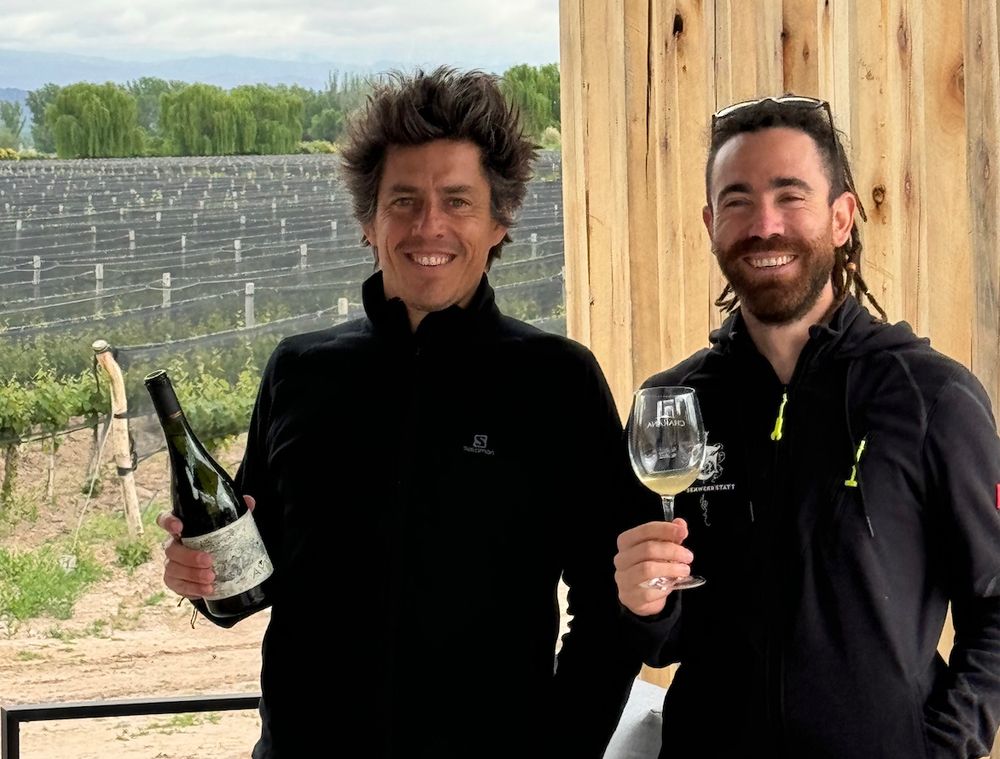
Chakana's viticulturist Facundo Bonamaizon alongside winemaker Leo Devia
Biodynamic farming means “creating a closed system” where you are in control of all its elements, says winegrower, Facundo Bonamaizon. “It is a more holistic view of farming where you are working with and all the living parts in the land, including the insects, pests, animas, flora. Everything is connected.”
A connection it can then bring to life thanks to the “treatment fertiliser” it creates from mixing and mashing all those elements together.
He says the new interest in regenerative farming is very close to biodynamic principles where the focus is very much on the health of the soils. “It is the same philosophy.”
Being biodynamic is also a serious investment and one that producers have to consider as a long-term investment, says Cricco. Hence why it is has just opened its own state-of-the-art winery dedicated to biodynamic viticulture and winemaking in the cellar.
“To be biodynamic increases your costs by around 20-30%, so you have to be constantly looking ahead and planning what you need to be doing to help and protect your vines,” he adds.
“It is the cost and the complexity involved. You can’t just go in and correct a wine in the winery,” says Bonamaizon.
Detailed analysis
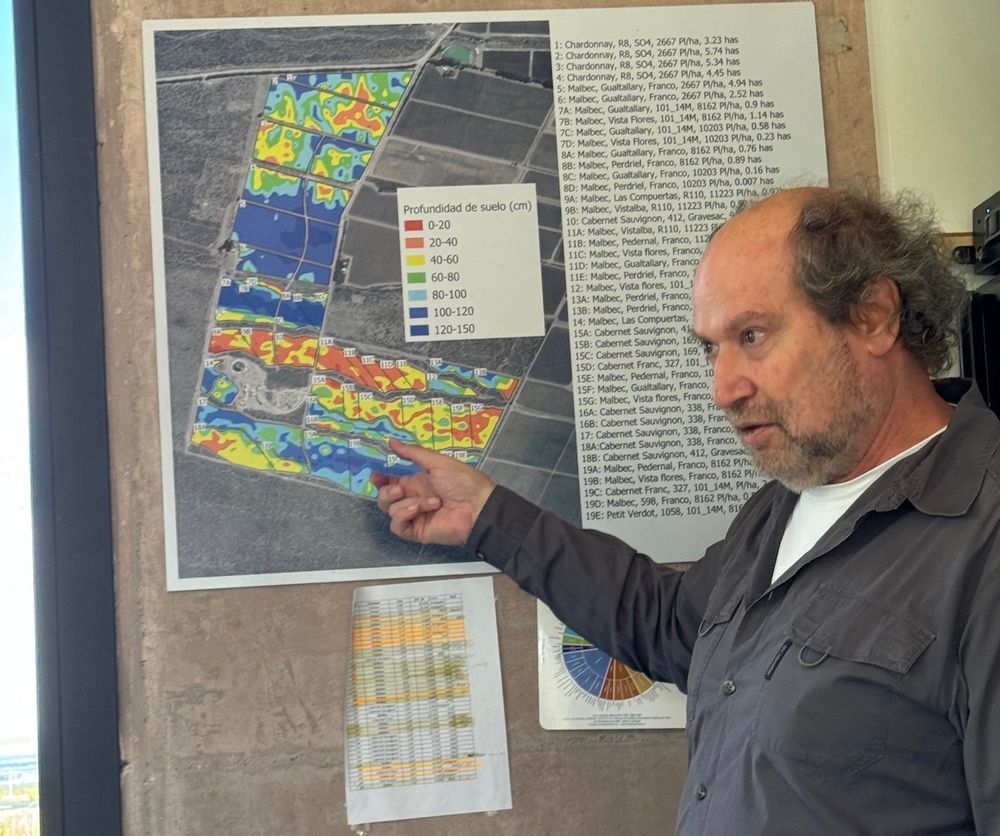
Bemberg's Daniel Pi is proud of the level of analysis that goes into planting and caring for vines in the Uco Valley
The Bemberg Wine Estate claims its vineyards at Finca el Tomillo in Gualtallary have been “studied to a level of detail never before seen in Argentina” in order to achieve its ambition of making the “best wine in Argentina”.
The 90 hectare site is planted with around 65h of vines, with the surrounding area dedicated to biodiversity and creating a sustainable environment in a joint study with CONICET, Argentina’s leading scientific research body, in order to ensure the vines were in tune with the native flora on the site.
Whilst it farms organically, it is not looking to be certified organic. For Bemberg it is all about creating a “balance” in the vineyard between the vines the surrounding environment, down to the number of vines it plants depending on the type and depth of the soil.
“You have to respect the original environment,” explains Marcelo Belmonte, chief winegrower.
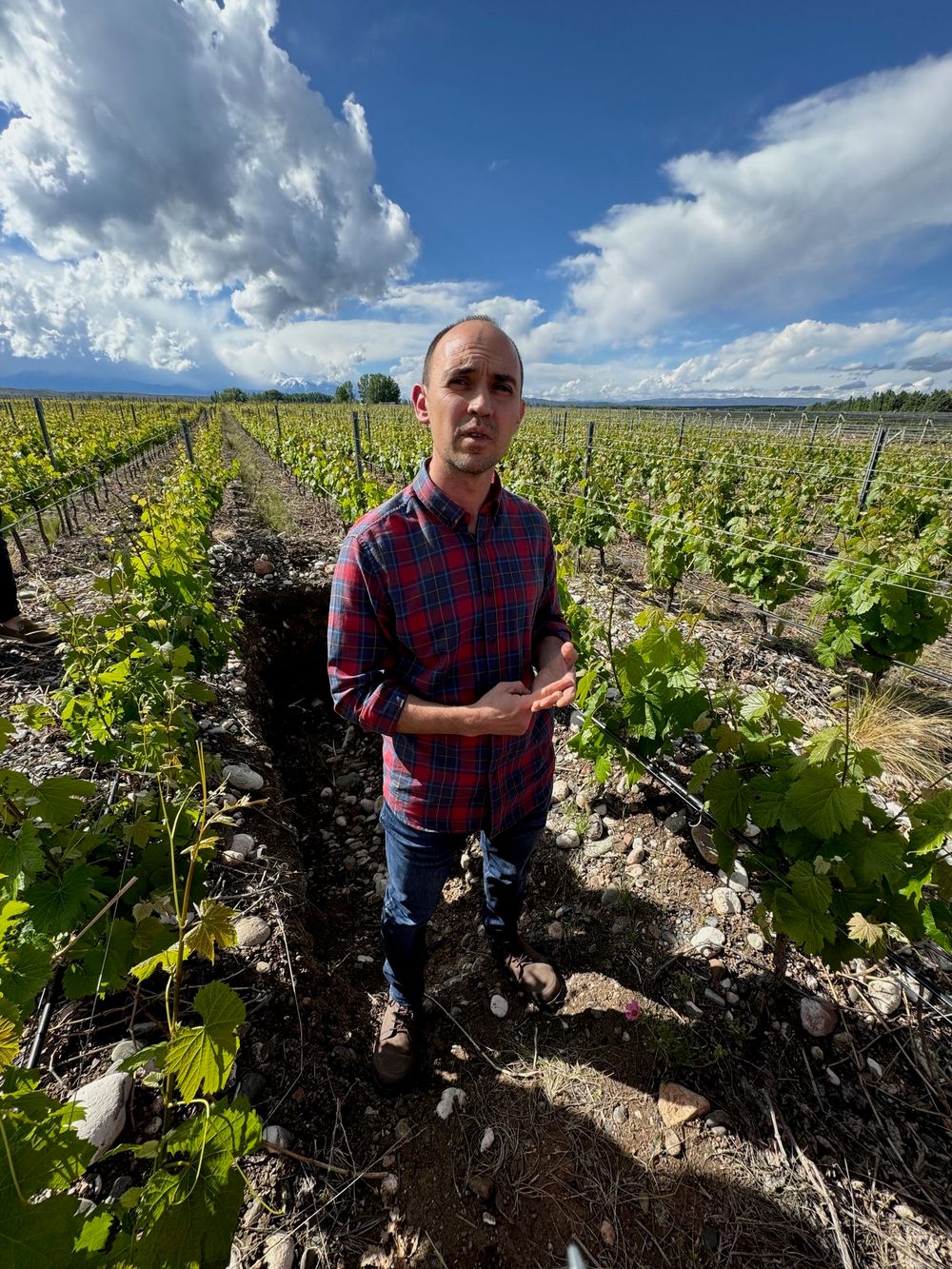
Bembrerg's Marcelo Belmonte - chief winegrower.
Daniel Pi, wine director at Bemberg Estate, says the focus in the vineyards has developed from canopy management and leaf production to look down deeper and more analytically at the soils. “It means we work in a completely different way to the past. We even prune differently.”
Ultimately, it is about creating an environment that allows Pi and his team to “keep hold of the energy the grapes have”. He is a big believer in picking grapes based on the biodynamic calendar and the impact different leaf, root, fruit and flower days have on the vines and grapes. That’s crucial, he stresses, to “keeping the energy in the grapes and in the final wines”. As is fermenting them in oak.
Responsible winemaking
Argento has long held to its organic and Fairtrde principles where the focus is on making wines that are “responsible to the climate, but are also in line with people and the planet,” says Andres Valero, sustainability and CSR leader at Argento.
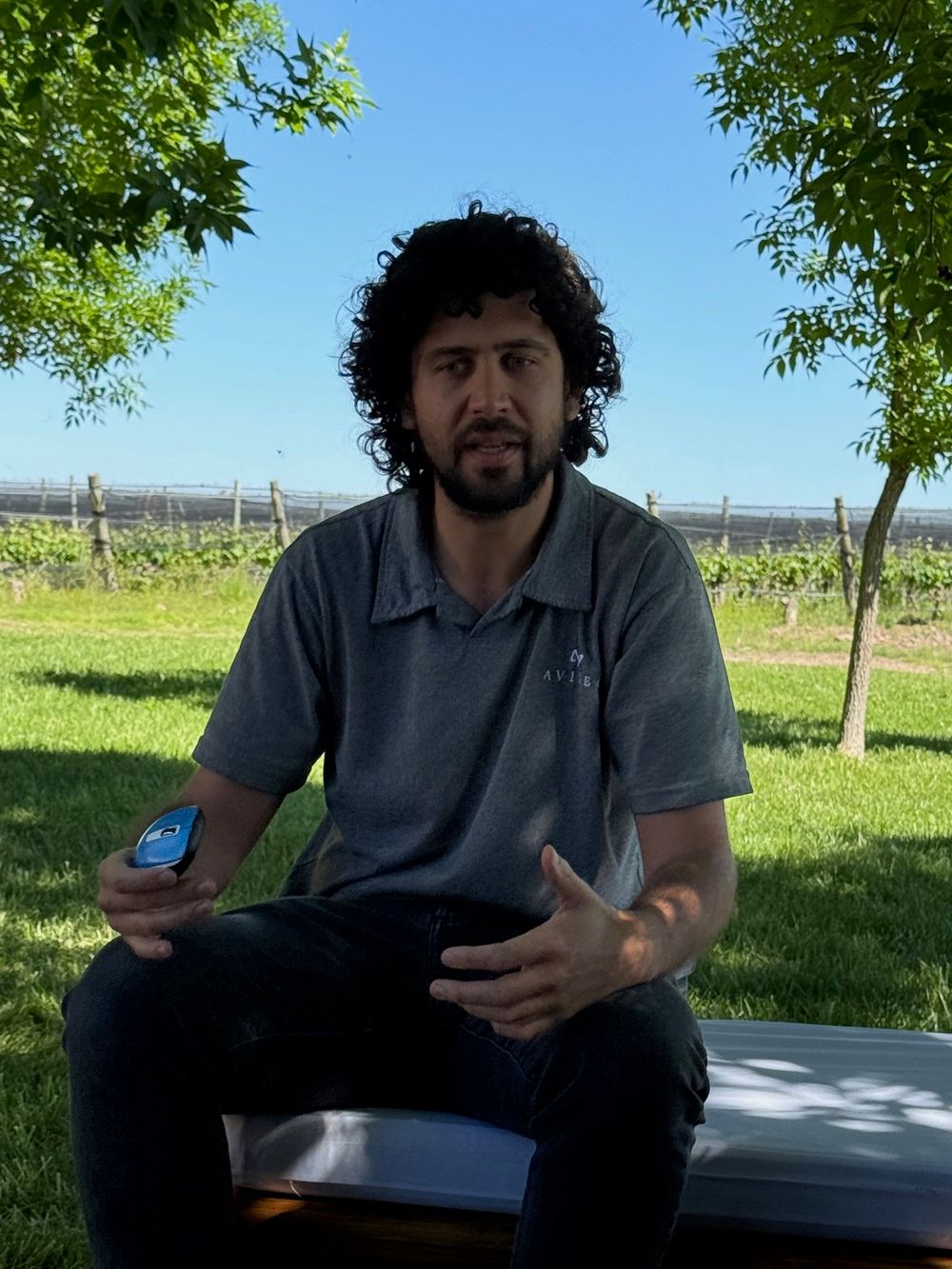
Argento has made big strides to be as sustainable and responsible as it can says Andres Valero, sustainability and CSR leader
Its organic status, though, is part of a much wider sustainability strategy with numerous projects underway to protect and run a circular economy across the business. It runs, for example, 25 separate Fairtrade projects, supporting over 3,500 people.
“We started by looking to respect our terroir and vineyards through organics and making the most pure wine we can. But there is now a deeper philosophy with our people too,” says winemaker, Juan Pablo Murgia.
The challenge for any business, stresses Valero, is how “do you bring sustainability into a commercial model”.
Which for Argento means sitting within the wider Grupo Avinea which now claims to be Argentina’s biggest organic producer, with 355 hectares of organic vines producing 12 million bottles a year, across 100 different wines, divided over five brands and exports to over 50 countries.
Argento’s organic vineyards are across five areas of Mendoza including Altamira, Alto Agrelo, which is being converted to fully organic, and more traditional wine growing areas. It also has its Otronia brand, located 2000 kilometres south, at 45 degrees latitude, in Patagonia where the term “extreme winemaking” takes on a new meaning. All of which combine to give it access to a wide range of fruit to suit different price points and needs of the market.
Its organic wines include the Single Block, Single Vineyard, Estate Collection, Estate Reserve and Estate Bottled ranges. All of which look to use organic farming to maintain the vibrancy, energy and sense of place in the wines.
It has invested in detailed sustainability programmes to support its organic principles, including major water treatment, management and even a sewage treatment plant to reuse the water for garden irrigation.
In balance
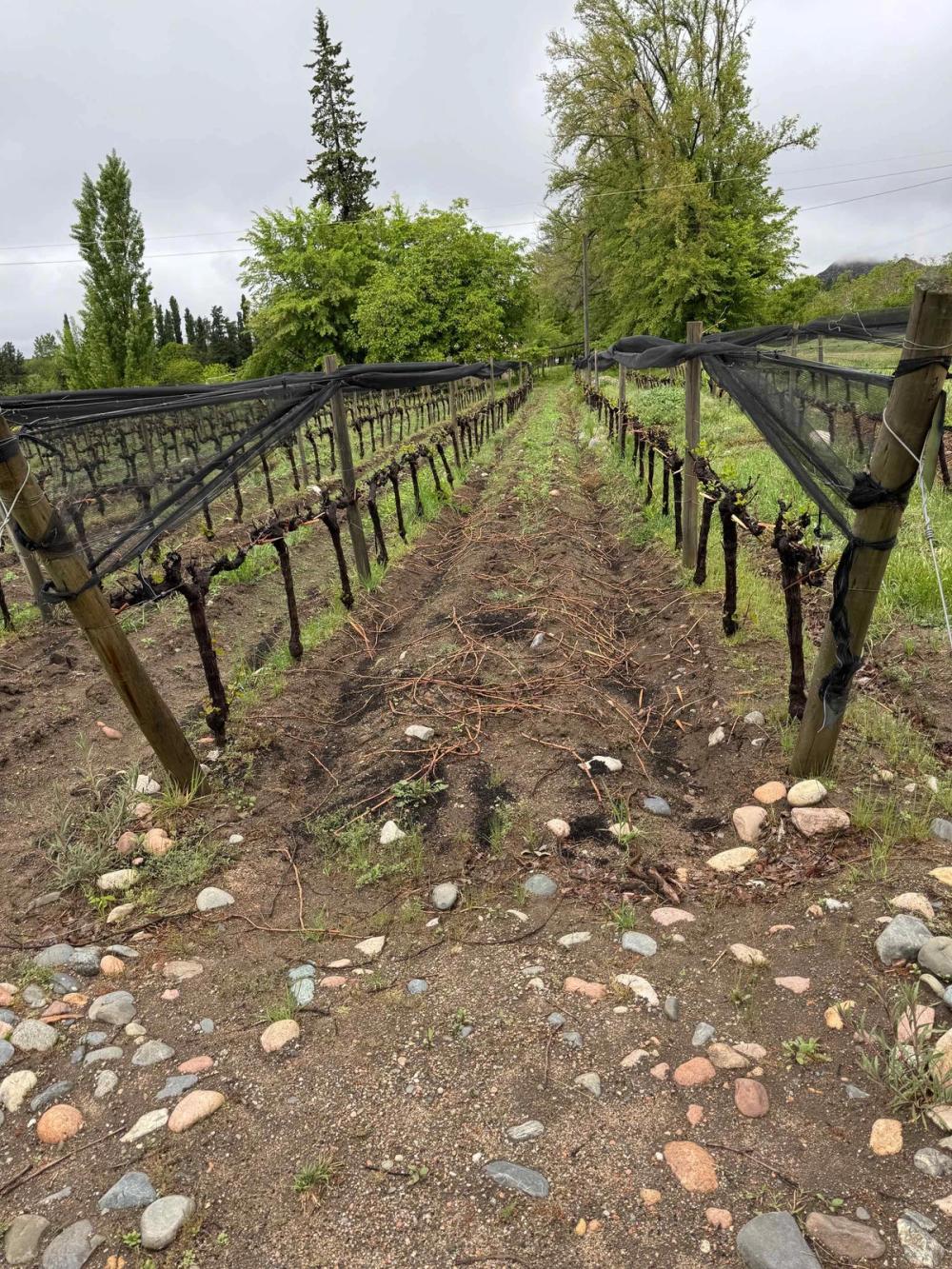
Salentein is investing hugely in its organic vineyards
Salentein is also investing in organic winemaking and now has 50 certified organic hectares with a further 20 hectares moving to organic in the next six months.
“Sustainability and keeping everything in balance – the water, soil, organisms, vines and the surrounding environment – lie at the heart of what we do, and we call this Matrizviva. Yes, we want to save the world but we also want to make great wine in an environmentally positive way,” says Argento winemaker, Juan Pablo Murgia.
Argento is also looking to boost the local insect population to encourage pollination, but to do so is having to take extreme measures to keep ants out of the vineyard which can strip leaves out of a vineyard in just a few days. It’s why organic viticulture is so hard in Argentina, says Murgia.
He explains: “There are 13,000 species of ant in the world and in Argentina they are particularly aggressive: they strip leaves from the vines and take them underground, so the vines can’t photosynthesise properly and the grapes get no protection from the sun.”
Argento has even built a special ant tunnel which encourages the ants to do their work in a special 50 hectare area outside the main vineyard rather than inside it.
“We don’t want to kill or interfere with them but we do need to make our wine.”
Managing water
Whatever principles you apply to your winemaking, the one overriding factor for all producers in Argentina is how they manage their water, which is becoming an increasingly pressured and vital resource, with average rainfalls in some areas at only 250-300mm a year.
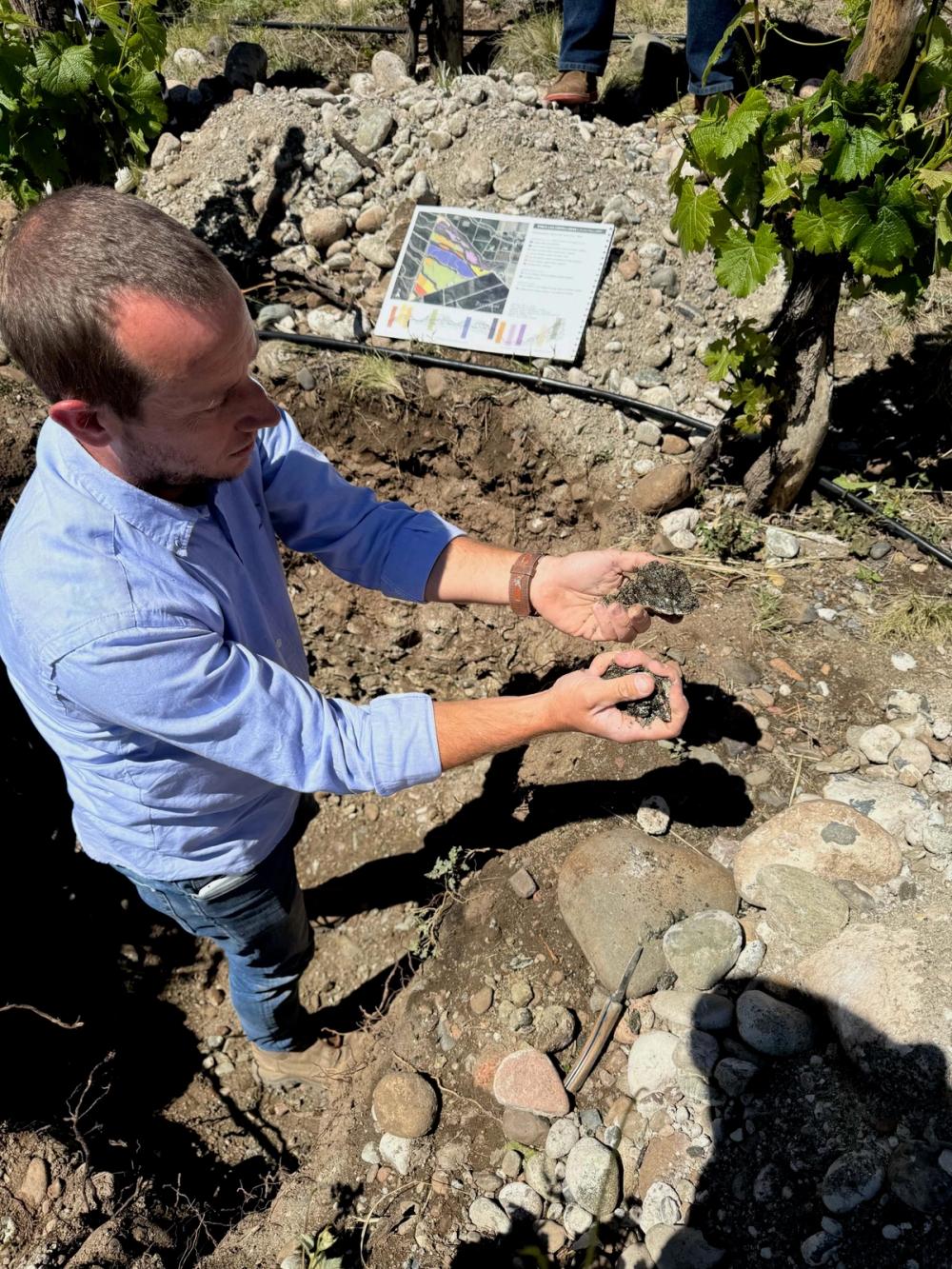
Zuccardi's Martin De Stefano says the shortage of water means producers have to understand how to get the most moisture out of their soils and rocks
Martin Di Stefano, chief viticulturist at Zuccardi, even goes as far as saying the water crisis in Argentina is even more serious than the climate one - although admittedly the two are inextricably linked.
Having the rights to access, control and manage water in the first place is now a major issue, particularly in the more remote and challenging areas to grow vines and make wine, says Fernando Buscema, executive director of the Catena Institute of Wine .And once you have water, the next challenge is protecting it for the years to come.
“Before you invest in any vineyard, you need to check your water rights first,” he stresses. “We are effectively making a wine in a desert so you have to treat your vines very carefully.”
Such is the demand for water, particularly in the Uco Valley, that the wait can be up as long as 15 years just to get access to a well.
It’s why those producers that do have their own water supply work so hard to look after and manage it. Argento, for example, places a huge focus on water management with all its water going through a treatment centre and every attempt is made to capture and re-use water throughout its supply chain. Each of the six vineyards it manages, for example, has a different water irrigation system based on its soils and vines.
It is the water, and the mini creeks that run through the land that is also having a major impact on the soils and types of grapes that can be grown in certain areas.
It is thanks to the dedicated work of each of the producers’ vineyard teams working in the Uco Valley that Argentina as a whole now understands the importance of water, balance, soils and terroir in there wines.
- You can read the first report - analysing Argentina's Mountain Wines - in the four part series here.
- You can read the second report on re-inventing Malbec here.
